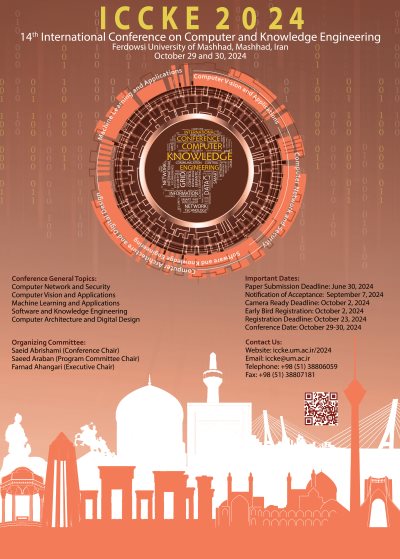0% Complete

Authors :
Keywords :
Abstract :
List of archived papers
Mehrdad Mohammadian - Neda Maleki - Tobias Olsson - Fredrik Ahlgren
Arezoo Rahmati Soltangholi - Ahad Harati - Abedin Vahedian
Yeganeh Modaresnia - Farhad Abedinzadeh Torghabeh - Seyyed Abed Hosseini
Mohammad Yekta - Hadi Shahriar Shahhoseini
Navid Akhavan Attar - Ali Fahim
Maryam Sadat Hosseini Azad - Amir Abbas Hamidi Imani - Shahriar Baradaran Shokouhi
Dennis A/L Mariadass - Ervin Gubin Moung - Maisarah Mohd Sufian - Ali Farzamnia
Mohammad Heydari - Babak Teimourpour
Rezvan Mir - Abedin Vahedian




